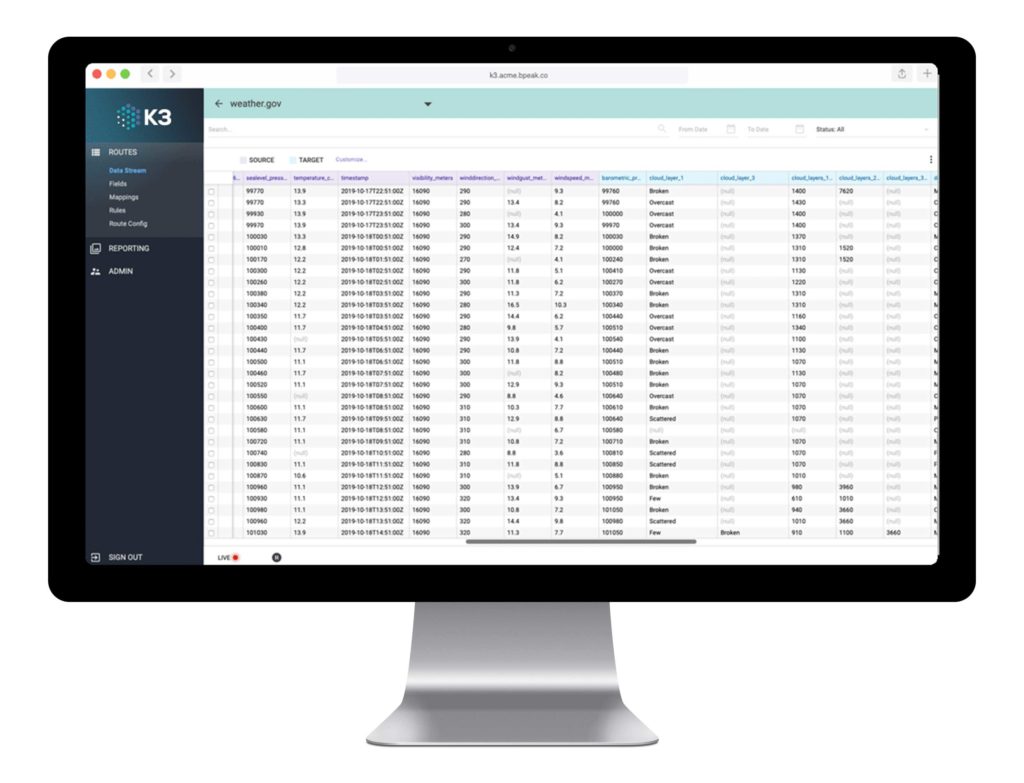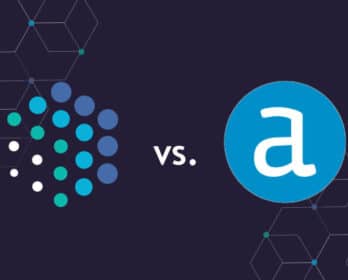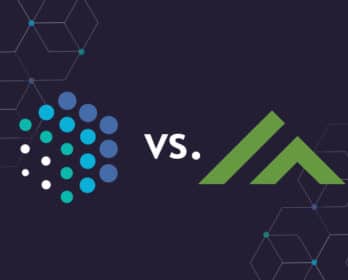K3 Takes Xplenty to the Mat
Enterprise-scale data-dependent organizations will prefer K3 to Xplenty for several reasons:
- Flexibility – Xplenty can be deployed via a hosted cloud. K3 is comfortable working on hosted or private clouds and on-premises environments and flows data seamlessly to and from platforms living in either space.
- Error handling – Xplenty’s error reporting offers little more than a text-dump log decipherable only by tech-savvy types. K3 isolates error conditions to prevent it from failing the process. When failure cannot be averted, the platform initiates notifications through messages and/or if/then procedures.
- Auditing – The absence of an audit-trail means Xplenty cannot effectively detect missing or anomalous data. K3’s intuitive ETL data audit function uncovers not only “hard” errors but also illogical entries, incomplete datasets, and other inconsistencies.
- Data transformation – Xplenty performs little more than data synchronization and several basic filtering and sorting preload operations. K3 harnesses change data capture to transform only new or altered data to minimize calculation time.
WHAT THIS MEANS FOR YOU:
K3 ensures data integrity by finding and managing not only data errors but also output anomalies.
K3 allows organizations to integrate, store, and compute data, not merely format it, all within the platform.
With K3, you can retrieve any previous versions to compare and troubleshoot code, content, documentation, or record.
K3 permits transformations in Python, Java and GUI. Xplenty requires workarounds coded exclusively in SQL.
Platform Review K3 and Xplenty
Xplenty is a cloud-exclusive ETL data pipeline provider that automates data flows across multiple sources and destinations. Its strength lies in its ability to connect to a wide range of SaaS platforms, but its data transformation capabilities are rudimentary.
K3 is deployable on premise as well as across cloud servers, where it performs sophisticated data prep and transformation of conventional and nonconforming data to make it compatible with virtually every database, data lake, operational application and visualization devise enterprises use.
Feature Comparison of K3 v/s Xplenty
Xplenty is a cloud-exclusive ETL data pipeline provider that automates data flows across multiple sources and destinations. Its strength lies in its ability to connect to a wide range of SaaS platforms, but its data transformation capabilities are rudimentary.
K3 is deployable on premise as well as across cloud servers, where it performs sophisticated data prep and transformation of conventional and nonconforming data to make it compatible with virtually every database, data lake, operational application and visualization devise enterprises use.


Data Deployment
Hosted Cloud Deployment
Yes
Yes
Private Cloud Deployment
Yes
No
On Premise Deployment
Yes
No
Data Stays Private Guarantee
Yes
No
Scalability
No Per User Charges
Yes
Yes
Database CDC Connections (see databases)
Yes
No
SaaS Connections (see connectors)
Yes
Yes
Multiple Formats (XML, JSON, EDI, etc.)
Yes
No
Features Comparison
Data Rules Engines
Yes
No
Low Code Data Route Configuration
Yes
Yes
Low Code ETL
Yes
Some
Data Orchestration
Yes
No
Low Learning Curve
Yes
Yes
Audit Trail
Yes
No
Test/Prod accounts included
Yes
No
Detailed Analysis
K3
Xplenty
Error Reporting
Auditing
Going beyond error management, K3’s data auditing component rectifies transformation-rule inconsistencies and output anomalies by mapping, iterating, and documenting all changes in data’s appearance and behavior as it moves along the pipeline and commutes among sources, applications, and storage facilities. Unlike Xplenty, K3 gives users dynamic insight into why and how data changes as it is being transformed.
Like too many data pipeline vendors, Xplenty seems to consider data audits as a “nice to have” rather than a critical part of the data integrity technology stack. As a result, Xplenty essentially takes a hard pass on incorporating audit trails into its ETL workflow. This exposes internal stakeholders and outside partners to uncertainty over whether transformations are delivering correct data formatting and performance.
Transformation
K3 offers multiple tools for analyzing transformed data delivered to databases.Using change data capture, K3 is able to transform only data that has been updated or altered since the previous query and load this smaller set into downstream apps, saving time, computational resources, and money.
Perhaps Xplenty doesn’t bother with transformation auditing because it performs so little of it. The platform’s primitive data transformation engine forces users to develop SQL workarounds which can lead to lost, improperly formatted, and corrupted data.
K3’s Winning Transformation
Data-driven organizations need fast, accurate, complete transformation of data from a variety of on-premise and cloud-based sources. They cannot afford to settle for a platform that offers only basic data prep and integration. K3 passes the test with flying colors.Xplenty integrates with SaaS platforms, but it fails to incorporate data orchestration capabilities that could optimize performance.


Request a Demo
RECOMMENDED RESOURCES

How to Use Change Data Capture for Database Replication
How on earth do you get data out of a database? How do we do this regularly, programmably and in an automated way to support

K3 Connectors: Prebuilt ETL Adapters
In modern software development, application integrations are king. Your data can do so much more when you leverage the power of other pre-built enterprise apps.

What Is Data Warehouse ETL?
What Is Data Warehouse ETL? Data Warehouse ETL is a series of processes: Extract data from across an organization; Transform data for consumption; Load data






